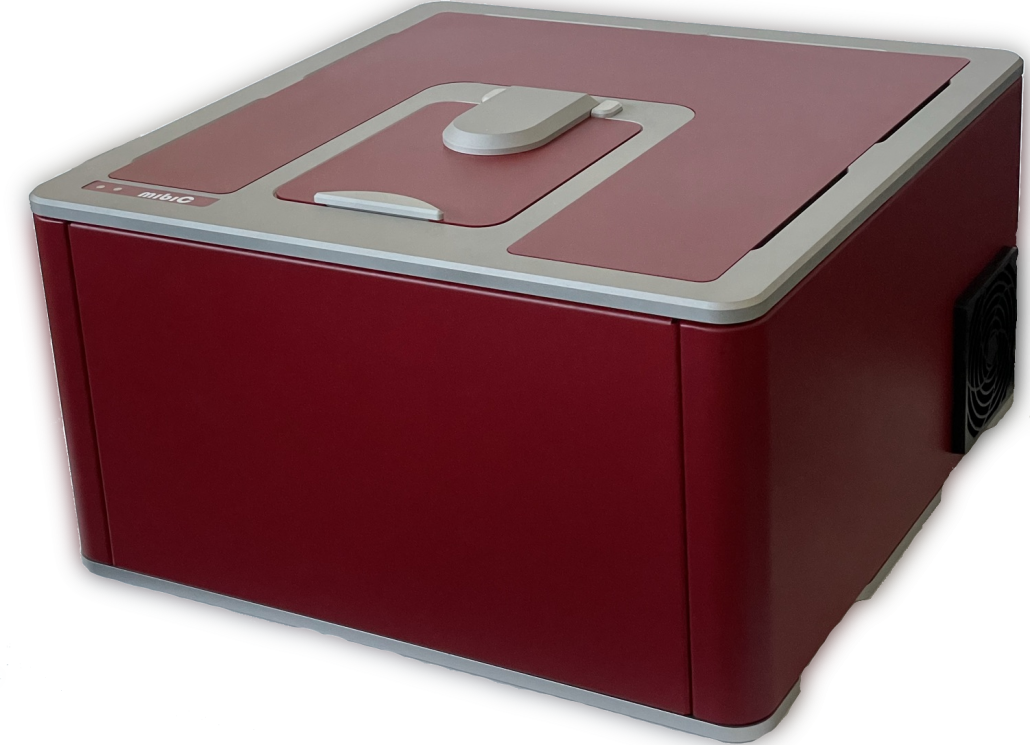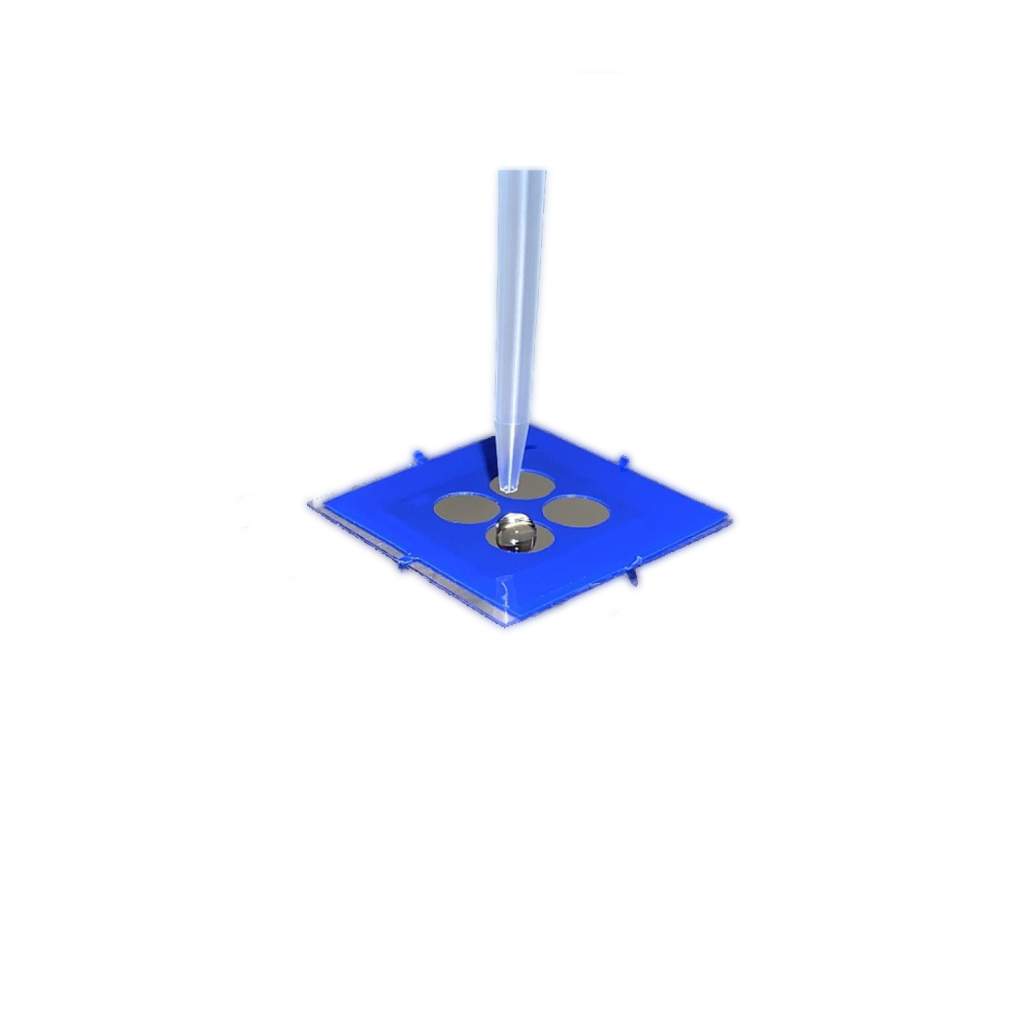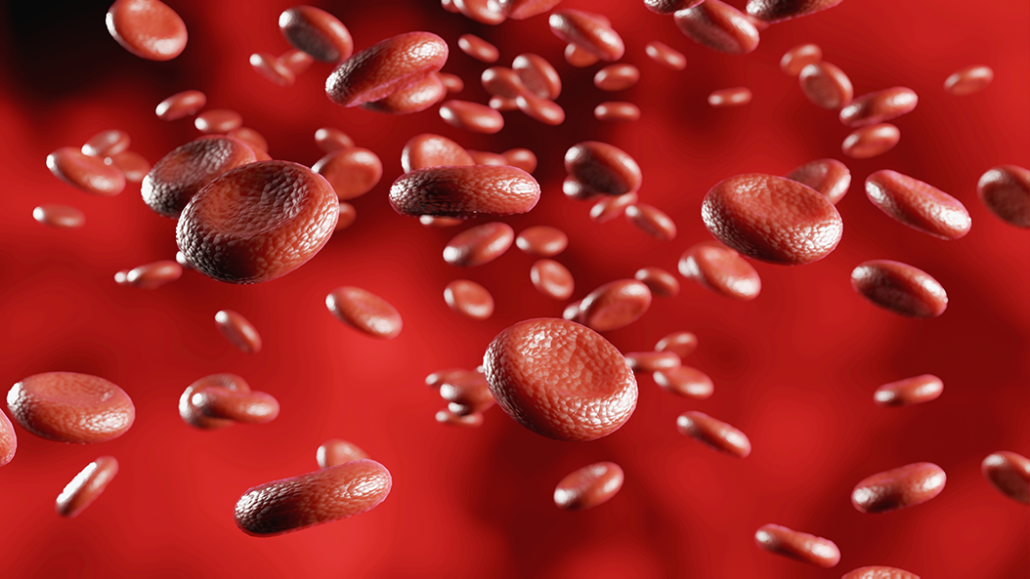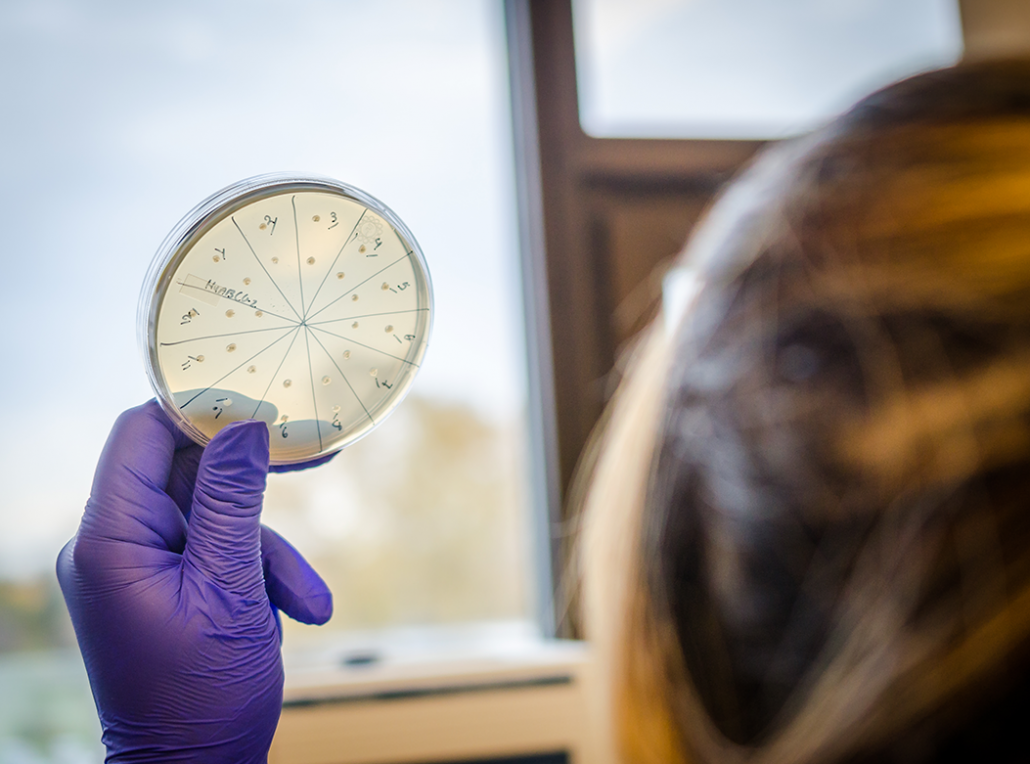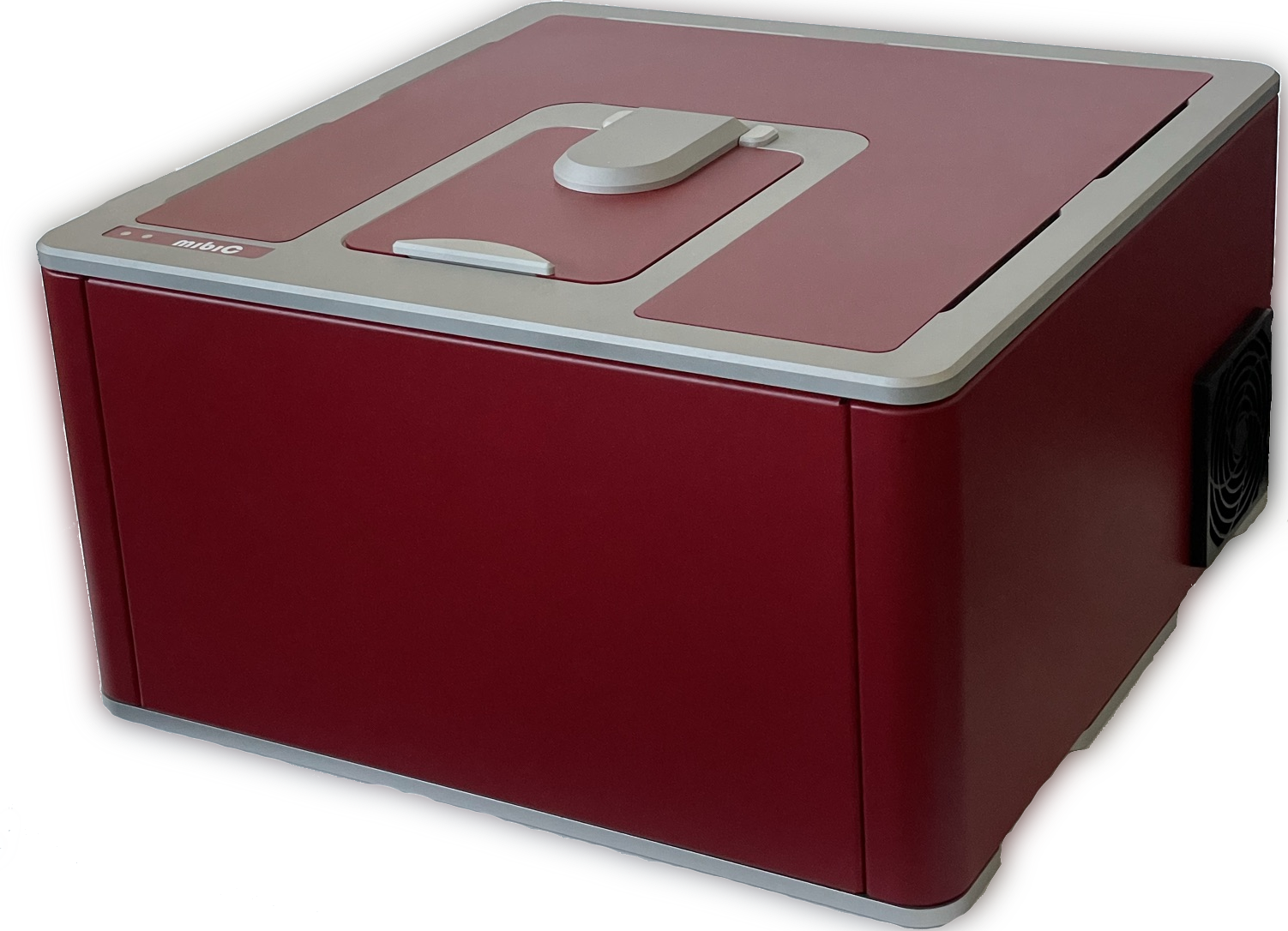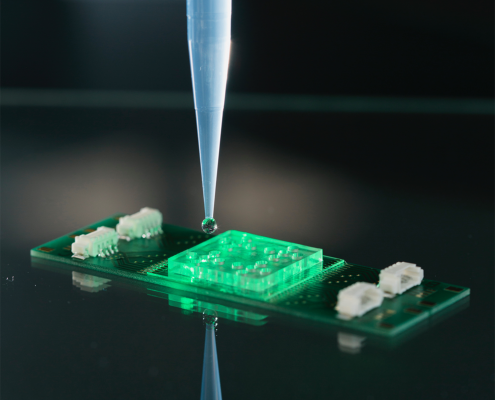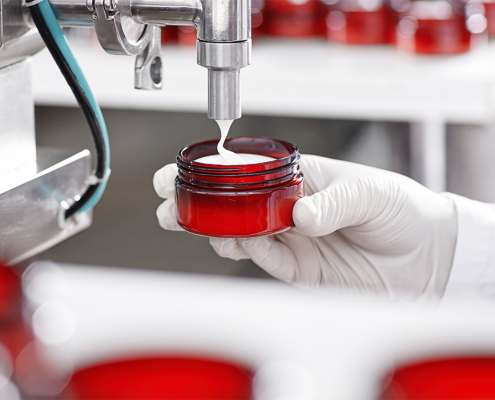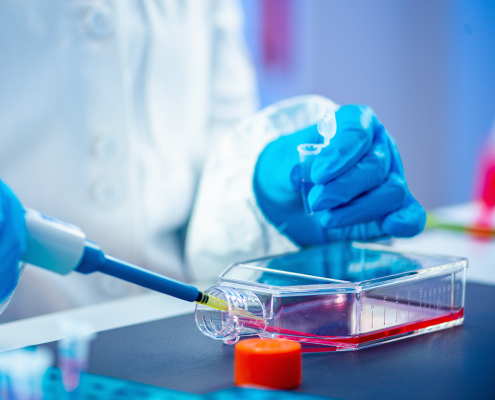Wissenschaft & Forschung
Nicht wachstumsbasierte Methoden zur phänotypischen Untersuchung von Mikroorganismen bieten einen schnellen und markierungsfreien direkten Zugang zur Identitätsbestimmung, zu lebenswichtigen Stoffwechselfunktionen und zur Untersuchung mikrobieller Wechselwirkungen mit Substanzen. Akademische Anwendungen des softwaregesteuerten vollautomatischen modularen Gerätekonzepts GramRay.
Die Raman-Spektroskopie unterscheidet sich von anderen derzeit angewandten Techniken durch ihre einfache Anwendung zu niedrigen Kosten, ihre hohe Analysegeschwindigkeit und ihren breiten Informationsgehalt sowohl über die chemische Zusammensetzung als auch über die Struktur von Biomolekülen innerhalb der Mikroorganismen.
Leichte Veränderung der chemischen Zusammensetzung von Mikroorganismen kann mit Hilfe der Raman-Spektroskopie überwacht und zur Differenzierung von Gattungen, Arten oder sogar Stämmen verwendet werden. Der Nachweis von Krankheitserregern ist aus komplexen Matrices wie Boden, Nahrung und Körperflüssigkeiten möglich. Darüber hinaus werden spektroskopische Untersuchungen von Wirt-Pathogen-Interaktionen sowie die Wirkung von Antibiotika auf Bakterien behandelt.
